Recycling idle N5227A
Network AnalyzerSales, recycling of used equipment, recycling idle instrumentation!
Mobile phone 15889395286, Contact person: Contact person: Chen Xiping (Sir)QQ, WeChat
----
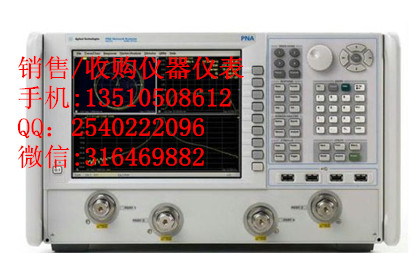
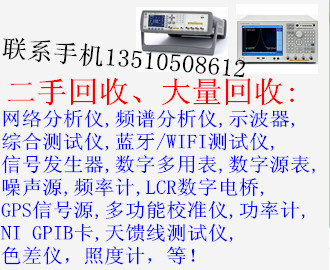
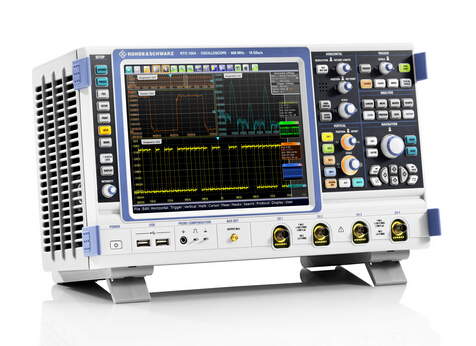
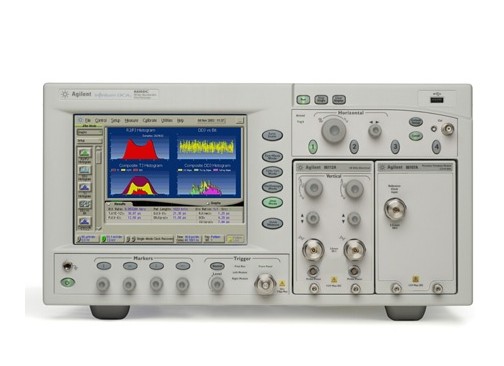
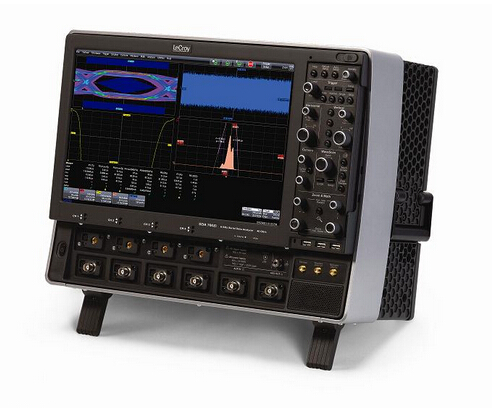


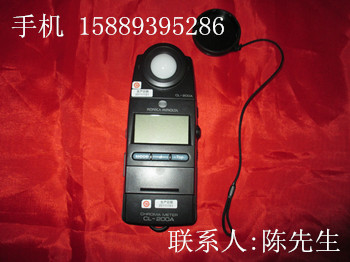
Acquisition: Agilent Network Analyzer
Agilent 8753ET, 8753ES, E5070B, E5071B, E5061A,
E5062A, E8362B, E8363B, E8364B, E8361A, N3381A,
N3382A, N3383A, N5230A, 3577A, 87510A, 4195A,
8510B, 8510C, 8712ET, 8712ES, 8714ET, 8714ES,
8752A, 8752C, 8753D, 8753E, 8720ES, 8722ES,
E8801A, E8802A, E8803A, 35677A, 85046A, 85047A,
8515A, 8516A, 8757E, 8757C, 8757D, 8711A, 8711B,
3577A, 8713B, 8713C, 54111A, 54147A, 54169A,
54177A, 8753D
___________
N5227A Microwave Network Analyzer
Key Features and Specifications - 10 MHz to 67 GHz
2 ports (single source) or 4 ports (2 built-in sources)
128 dB system and 133 dB receiver dynamic range, 32001 points, 200 channels, 15 MHz IF bandwidth
Large output power (+13 dBm) and wide power sweep range (38 dB)
Optimal dynamic accuracy: 0.1 dB compression and +12 dBm input power at the test interface
Low noise floor of -117 dBm at 10 Hz IF bandwidth
Description N5227A
High-performance network analyzer for your budget
The PNA Series is the industry's highest performance microwave network analyzer for passive and active device testing.
Currently it offers the following five frequency models for you to choose from: 13.5, 26.5, 43.5, 50 or 67 GHz,
Customize the appropriate performance levels for your PNA to meet your specific budget and measurement needs.
Agilent PNAs are used to test a variety of passive and active devices such as filters, duplexers, amplifiers, and transformers
Frequency device. PNA has high performance characteristics for component characterization and millimeter wave, signal integrity, and materials
The ideal solution for measurement.